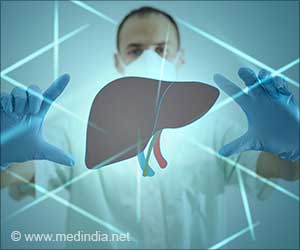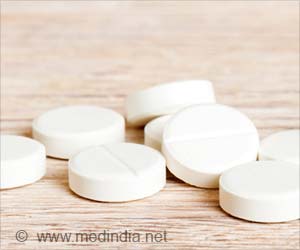New study finds that not only are some water filters incapable of removing potentially harmful chemicals from drinking water; they may actually increase the quantity of those toxins if not maintained properly.

‘Many in-home drinking water filters may not remove the most concerning contaminants like toxic perfluoroalkyl substances (PFAS). ’





They may not remove all of the drinking water contaminants you're most concerned about. A new study by scientists at Duke University and North Carolina State University finds that - while using any filter is better than using none - many household filters are only partially effective at removing toxic perfluoroalkyl substances, commonly known as PFAS, from drinking water. A few, if not properly maintained, can even make the situation worse.
"We tested 76 point-of-use filters and 13 point-of-entry or whole-house systems and found their effectiveness varied widely," said Heather Stapleton, the Dan, and Bunny Gabel Associate Professor of Environmental Health at Duke's Nicholas School of the Environment.
"All of the under-sink reverse osmosis and two-stage filters achieved near-complete removal of the PFAS chemicals we were testing for," Stapleton said. "In contrast, the effectiveness of activated-carbon filters used in many pitchers, countertop, refrigerator, and faucet-mounted styles was inconsistent and unpredictable. The whole-house systems were also widely variable and, in some cases, actually increased PFAS levels in the water."
"Home filters are really only a stopgap," said Detlef Knappe, the S. James Ellen Distinguished Professor of Civil, Construction and Environmental Engineering at NC State, whose lab teamed with Stapleton's to conduct the study. "The real goal should be control of PFAS contaminants at their source."
Advertisement
Some scientists call PFAS "forever chemicals" because they persist in the environment indefinitely and accumulate in the human body. They are now nearly ubiquitous in human blood serum samples, Stapleton noted. The researchers published their peer-reviewed findings Feb. 5 in Environmental Science & Technology Letters. It's the first study to examine the PFAS-removal efficiencies of point-of-use filters in a residential setting.
Key takeaways include:
- Reverse osmosis filters and two-stage filters reduced PFAS levels, including GenX, by 94% or more in water, though the small number of two-stage filters tested necessitates further testing to determine why they performed so well.
- Activated-carbon filters removed 73% of PFAS contaminants, on average, but results varied greatly. In some cases, the chemicals were completely removed; in other cases, they were not reduced at all. Researchers saw no clear trends between removal efficiency and filter brand, age, or source water chemical levels. Changing out filters regularly is probably a very good idea. Nonetheless, researchers said.
- The PFAS-removal efficiency of whole-house systems using activated carbon filters varied widely. In four of the six systems tested, PFSA and PFCA levels actually increased after filtration. Because the systems remove disinfectants used in city water treatment, they can also leave home pipes susceptible to bacterial growth.
"The under-sink reverse osmosis filter is the most efficient system for removing both the PFAS contaminants prevalent in central N.C. and the PFEAs, including GenX, found in Wilmington," Knappe said. "Unfortunately, they also cost much more than other point-of-use filters. This raises concerns about environmental justice since PFAS pollution affects more households that struggle financially than those that do not struggle."
Source-Eurekalert











